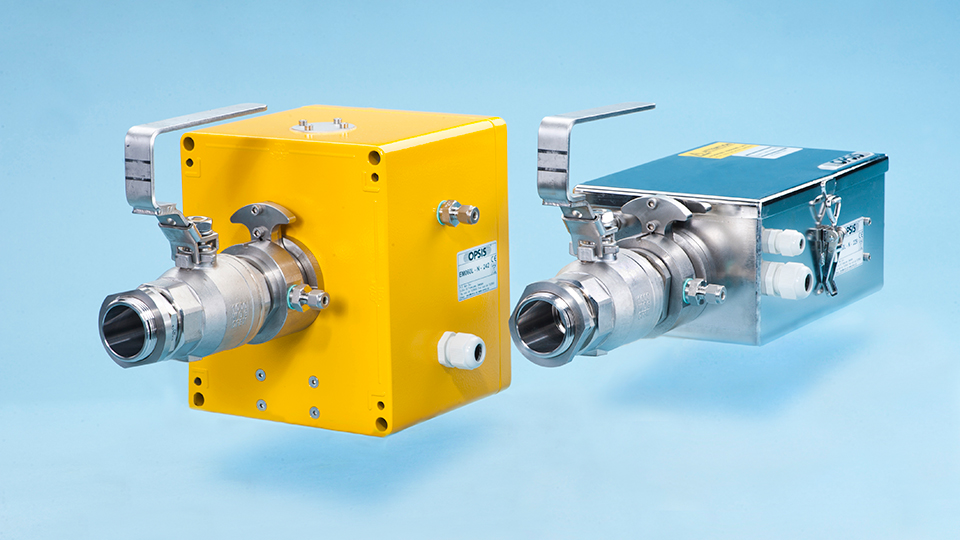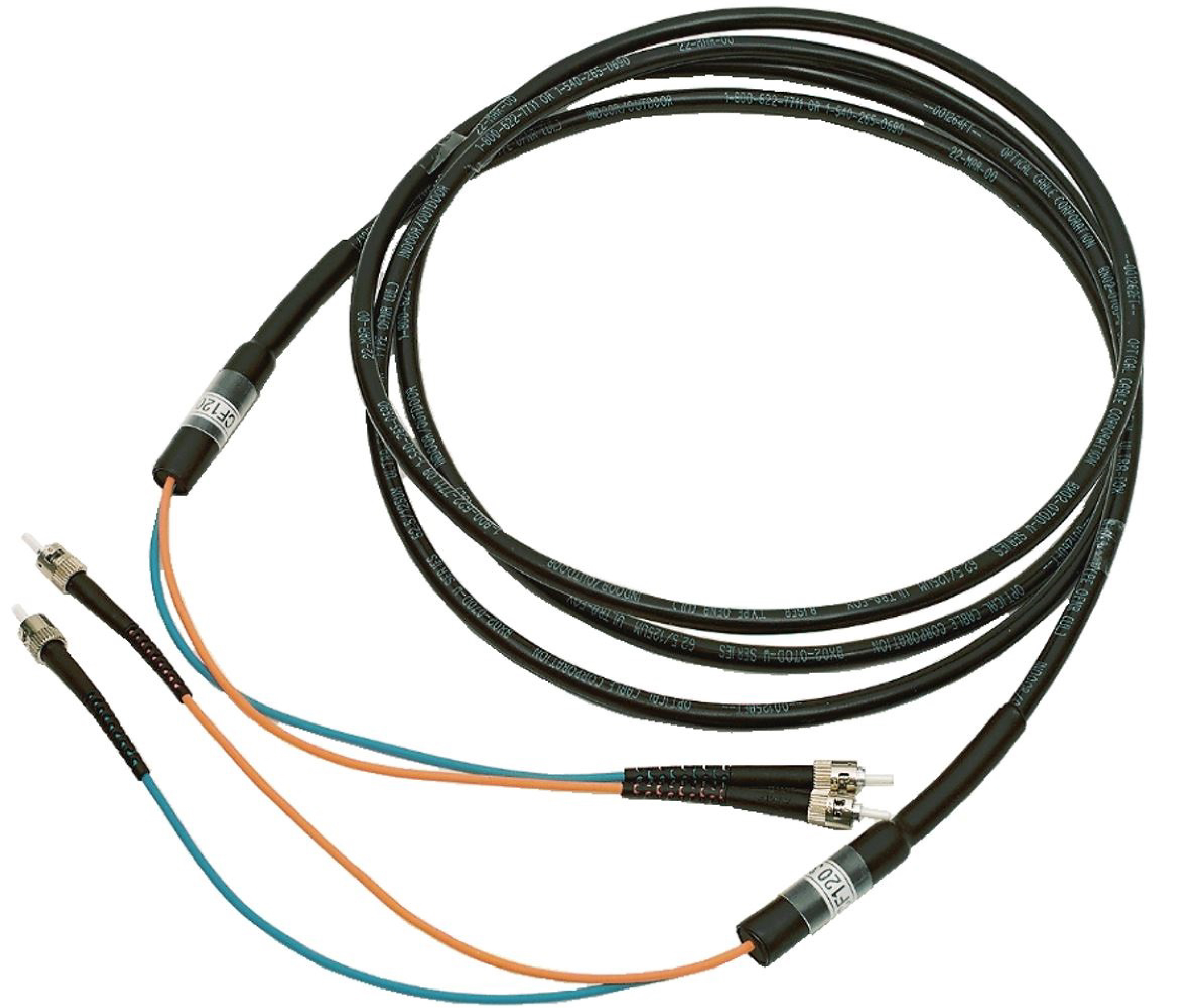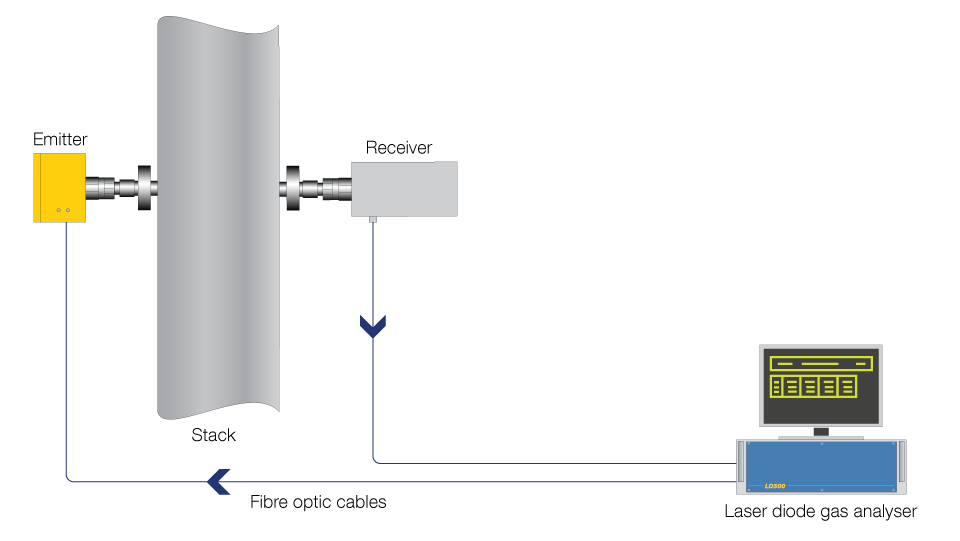LD500 - a good complement to the DOAS analysers
As an alternative to the DOAS systems, OPSIS also offers gas analysis based on laser diode technology, TDL. The TDL technology is a good choice if only a single or a few types of pollutants or other substances are to be monitored, or if a certain measurement performance for a specific type of substance is to be achieved.
THE ANALYSER - THE CORE OF THE MONITORING SYSTEM
The analyser used when applying the TDL technique is called LD500. Unlike DOAS systems, the light source is located inside the analyser. The source consists of a narrow-band laser diode which wavelength can be adjusted within a narrow wavelength range. The range is chosen to match a specific absorption line for a particular type of gas. One laser (laser assembly, "laser head") is therefore usually needed for each type of gas to be monitored. In some cases, the same laser can monitor two types of gases.
In addition to the light source, the LD500 also contains electronics and computing power to analyse the signal from the receiver and calculate the level of the pollutants.
One LD500 can accommodate up to four laser heads and can monitor the concentrations of several substances, such as H2O, HF, HCl, NH3, CO, CO2, and CH4. The response time can be very short, down to a few seconds, making the LD500 particularly suitable for process control.

THE MONITORING PATH - EMITTER AND RECEIVER
The levels of the substances of interest are monitored along a monitoring path just like in a DOAS system, in this case with the ER060L emitter and receiver. However, the details are different. The emitted light is delivered from the analyser via an optical fibre. The received light is measured by a light sensitive detector located inside the receiver. The signal from the detector is digitised and sent to the analyser via other optical fibres.

OPTICAL FIBRES
As with DOAS systems, emitters/receivers and analysers are linked by optical fibres. This makes it possible to have the emitter/receiver outdoors in harsh environments, while the more sensitive analyser can be indoors. Two types of fibre are used: OF005/010 which carries the laser light from the analyser to the emitter, and CF120 which carries the detector signals in digitised form from the receiver back to the analyser.
The fibres can be very long, several hundred metres. This gives great flexibility in the choice of monitoring site and location of the analyser.

A COMPLETE AND FLEXIBLE SYSTEM
A basic LD500 system for monitoring emissions or process gases consists of an analyser (LD500), an emitter/receiver pair (ER060L), and optical fibres (OF005/010, CF120) running between the analyser and the emitter/receiver. The same analyser can measure the levels along several different monitoring paths using multiplexers and demultiplexers. This provides a complete monitoring system that is both versatile and cost-effective.
It is straightforward to complement an existing system by measuring more substances and on more monitoring paths.

BLOGS ABOUT OUR PRODUCTS
On our blog you can read more about our products and what they are used for, for example:
Inside the Gas Analyser - the Tuneable Diode Laser
Pollutant Reduction Control and Continuous Emissions Monitoring at Waste-to-Energy Plants

